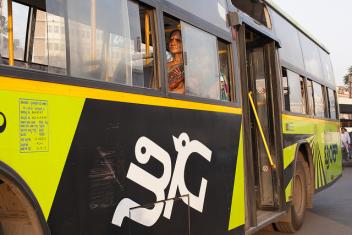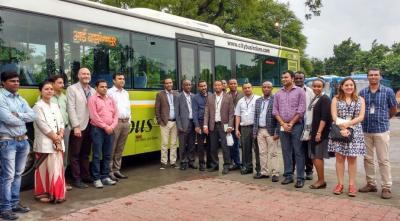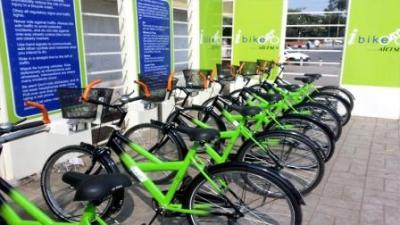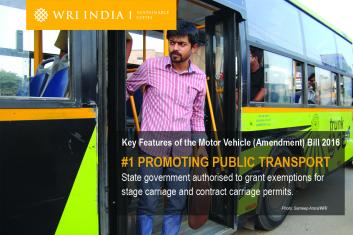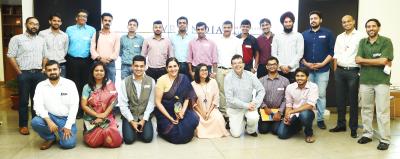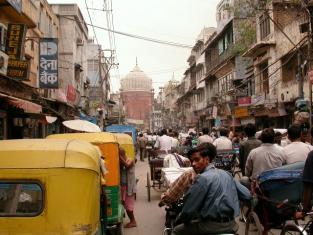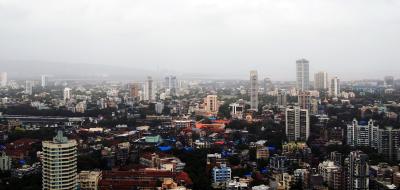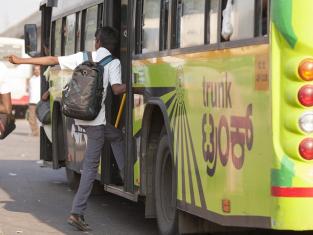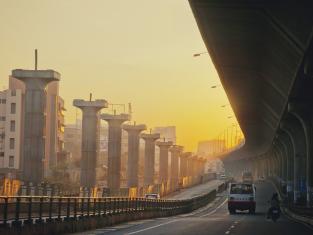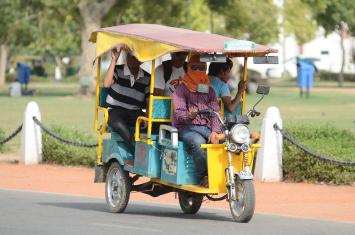Building a Smooth Road Map for City Bus Systems in India
by -City buses, plying on both long and short distance routes, are the primary mode of transport for majority Indians, with over 25 billion trips recorded in 2014-15. The most vulnerable sections of society depend on buses as one of the cheapest and the most convenient means of commute, in small, medium and metro cities alike. Unfortunately, despite being the backbone of urban mobility, bus penetration in India is dismal. There are 1.29 buses per 1000 people in India, compared to China’s 1.89 and UK’s 2.77, and less than a fifth of Brazil’s 10.3, as of 2009 (Bus Karo 2.0 – Case Studies from...

